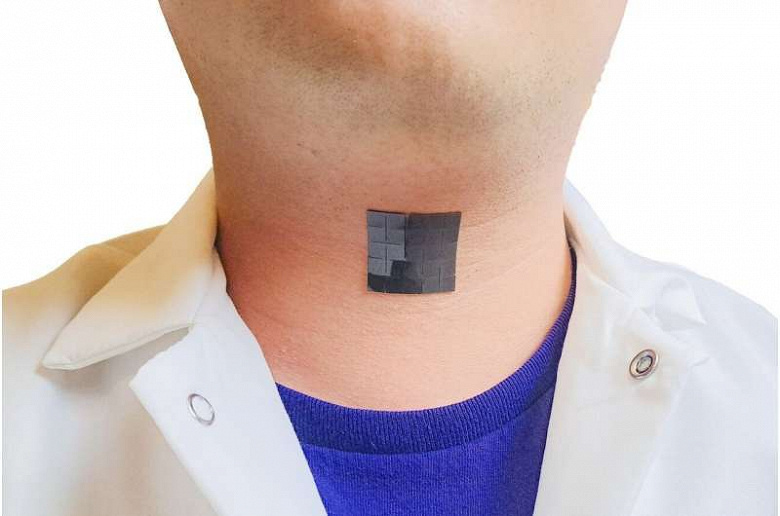The device is capable of converting vocal cord movements into voice signals
A team of UCLA engineers has unveiled a device that could significantly help people with voice disorders such as vocal cord conditions or post-surgical conditions after laryngeal cancer removal.
The device is a soft, thin and flexible device that is slightly more than a square inch in size. It can be attached to the skin near the location of the vocal cords, is highly accurate and can restore speech function for people with dysfunctional vocal cords. A study describing this invention was published last week in the journal Nature Communications.
Principal investigator Jun Chen, assistant professor of bioengineering at the University of California School of Engineering, and his team have developed a bioelectrical system that can detect the movement of laryngeal muscles and convert those signals into speech with an accuracy approaching 95%. The device consists of two components — sensitive and executive.
The sensitive component of the device is equipped with an autonomous power system and is designed to detect and convert signals that are generated by movements of the muscles of the larynx. It converts these movements into electrical signals, which are then analyzed and converted into speech signals using a machine learning algorithm. The executive component, in turn, converts these speech signals into vocal expression.
Each of the two components of the device contains a layer of biocompatible silicone compound polydimethylsiloxane (PDMS) with elastic properties and a layer of copper induction coils. Between the two components is a layer containing PDMS mixed with micromagnets, which generates the necessary magnetic field.
The device measures about 3 centimeters on each side, weighs about 7 grams and is 0.15 centimeters thick. Thanks to the double-sided biocompatible tape, the device is easily attached to the throat near the location of the vocal cords. The chip can be reused by sticking as needed.
In experiments, researchers tested the technology on eight healthy adults. They collected data on the movement of laryngeal muscles and used a machine learning algorithm to match the signals with certain words. They then selected the appropriate voice output through the device's actuator component. The research team tested the accuracy of the system by asking participants to say five sentences — both loudly and silently.
The overall accuracy of the model was 94.68%, with the vocal signal being amplified by the activation component, demonstrating that the sensory mechanism recognized the laryngeal movement signal and matched the corresponding sentence that participants wanted to say.
A device like this will be useful for people with voice disorders, which occur in different age groups and demographic categories. Studies have shown that about 30% of people experience such disorders at least once in their lives. Standard treatments such as surgery and voice therapy usually require a long time to restore voice, which can take from several months to of the year. The new device reproduces voice signals with high accuracy and could be a breakthrough in the rehabilitation of people with voice disorders.
In the future, the research team plans to expand the device’s vocabulary through machine learning and test it on people with speech impairments.

